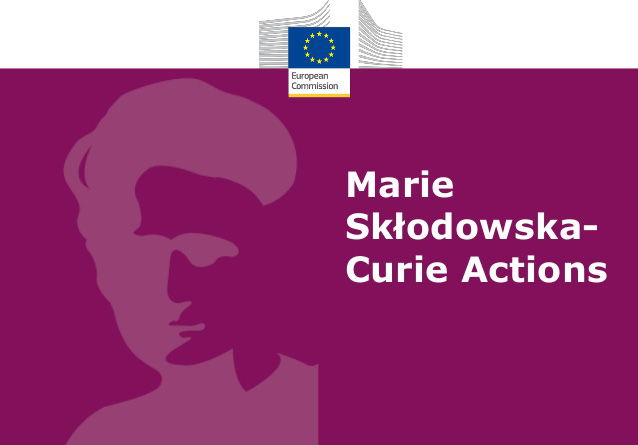Funding: European Union, Marie Skłodowska-Curie Individual Fellowships, Horizon 2020 Programme (Grant Agreement 101029091)
Partners: IMDEA Materials Institute
Project period: 2022 – 2023
Project Coordinador: Supervisor: Dr. Juan José Vilatela (juanjose.vilatela@imdea.org; Fellow: Miguel Vázquez (miguel.vazquez@imdea.org)
1D nanomaterials (NM) display the best mechanical and electrical properties of any known material due to their capability to
exploit axial properties of nanomaterials in the macroscopic world. These materials are best suited for macroscopic
utilization if produced in large amounts. The synthesis of them has nevertheless limited their applicability to niche
applications and have remained as a laboratory curiosity.
In this proposal we intend to generate an understanding to the process in order to extract the kinetic information required to synthesize a high quality material at high yield. Such information is not straightforward because there are at least 2 additional processes occurring competitively in the reactor and they have prevented the development of large scale synthesis routes. In this work we propose to separate the numerous steps involved in the synthesis and assembly of 1D-NM in order to study and optimize the single steps required to obtain high yield and top properties of the material being synthesized. In the first unit operation, the formation of incipient 1D-NMs will be favored over its competitive reaction; the nucleation of nanoparticles (NP) and decomposition to the walls. In the second step specifically 1D-NM growth will be promoted. In the third, a device to enhance aerogelation of the 1D-NMs into a single yarn will be developed. Finally, the material will be tested and desirable properties in advanced applications, such as battery electrodes, will be associated with the synthesis mechanism. Several materials will be tested as an attempt to generate a more general understanding of the process. The model materials selected are silicon, silicon carbide and carbon nanotubes.
Funded by:



